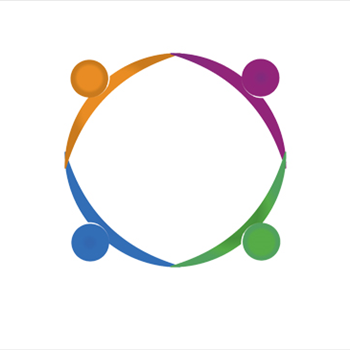Right Now
Nuclear
Imaging Systems Market Outlook Share, Size, Key
Players, Trends, Competitive and Regional Forecast (2021-2031)
The Nuclear Imaging Systems market size is expected to
reach US$ 4,638.97 million by 2031 from US$ 3,653.86 million in 2024. The
market is estimated to record a CAGR of 3.5% from 2025 to 2031.
Executive Summary and Global Market Analysis
The global nuclear imaging systems market is experiencing
sustained growth, driven by a significant demand for advanced functional
imaging in key areas such as oncology, cardiology, and neurology. Distinct from
conventional anatomical imaging, nuclear methods like PET and SPECT offer the
unique capability to visualize physiologic and metabolic processes, leading to
earlier and more precise diagnoses. The burgeoning adoption of individualized
medicine and theranostics is poised to further accelerate the utilization of
nuclear imaging in both treatment planning and monitoring. Moreover, continuous
technological advancements, particularly in hybrid systems like PET/CT and
SPECT/CT, are contributing to enhanced diagnostic accuracy and broadening their
clinical applications.
Nuclear Imaging Systems Market Segmentation Analysis
The nuclear imaging systems market analysis is segmented
primarily across product type, application, and end-user.
By product type, the market encompasses SPECT systems, PET
systems, and hybrid systems. The PET systems segment held the dominant market
share in 2024.
In terms of application, the market is divided into
oncology, cardiology, neurology, endocrinology, and others. The oncology
segment was the leading application area in 2024.
Regarding end-users, the market includes hospitals,
specialty clinics, diagnostic imaging centers, academic & research
institutes, and others. Hospitals accounted for the largest share of the market
in 2024.
Nuclear Imaging Systems Market
Drivers and Opportunities
A major driver for the nuclear imaging systems market is the
increasing global incidence of cancer. High-precision imaging is critical for
cancer diagnosis, staging, and monitoring, enabling the identification of
abnormalities at earlier, often asymptomatic, stages. Nuclear imaging
modalities such as PET and SPECT are highly effective at detecting metabolic
and molecular activity, making them indispensable aids in oncology. These
modalities provide superior sensitivity over conventional anatomical imaging, particularly
in the detection of metastases and in the evaluation of treatment response.
Download our Sample PDF Report
@ https://www.businessmarketinsights.com/sample/BMIPUB00031639
Nuclear Imaging Systems Market Size and Share Analysis
By product type, the nuclear imaging systems market is
segmented into SPECT systems, PET systems, and hybrid systems. The PET systems
segment was dominant in 2024. This is due to their superior image resolution,
functional imaging capabilities, and increasing use in oncology. Growing cancer
rates and improved tracer availability drive adoption in advanced diagnostic
settings.
By application, the nuclear imaging systems market is
segmented into oncology, cardiology, neurology, endocrinology, and others. The
oncology segment dominated the market in 2024. Oncology leads nuclear imaging
use as PET and hybrid systems provide precise tumor detection, staging, and
monitoring. Their critical role in early cancer diagnosis supports their
dominance across healthcare systems globally.
About Us:
Business Market Insights is a market research platform that
provides subscription service for industry and company reports. Our research
team has extensive professional expertise in domains such as Electronics &
Semiconductor; Aerospace & Defense; Automotive & Transportation; Energy
& Power; Healthcare; Manufacturing & Construction; Food &
Beverages; Chemicals & Materials; and Technology, Media, &
Telecommunications
More Posts



















Report This Post
Please complete the following requested information to flag this post and report abuse, or offensive content. Your report will be reviewed within 24 hours. We will take appropriate action as described in Findit terms of use.


